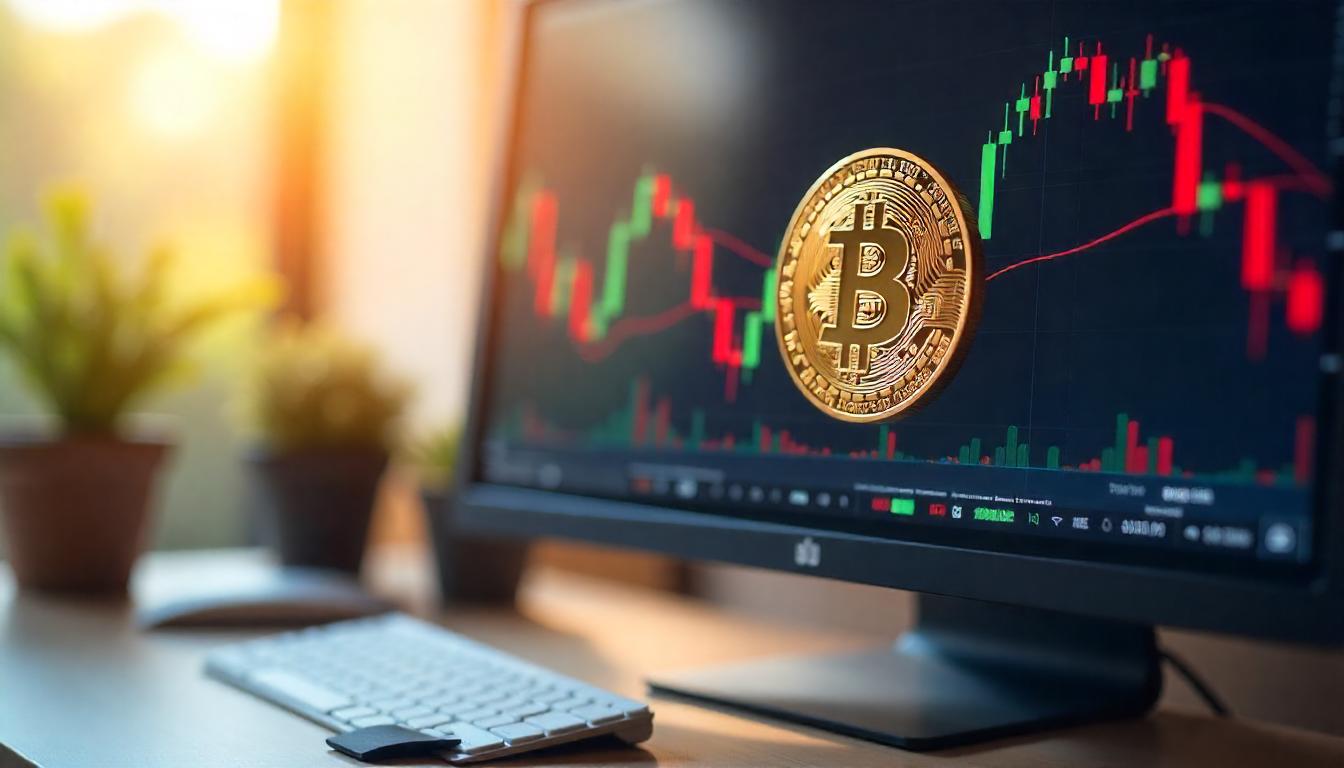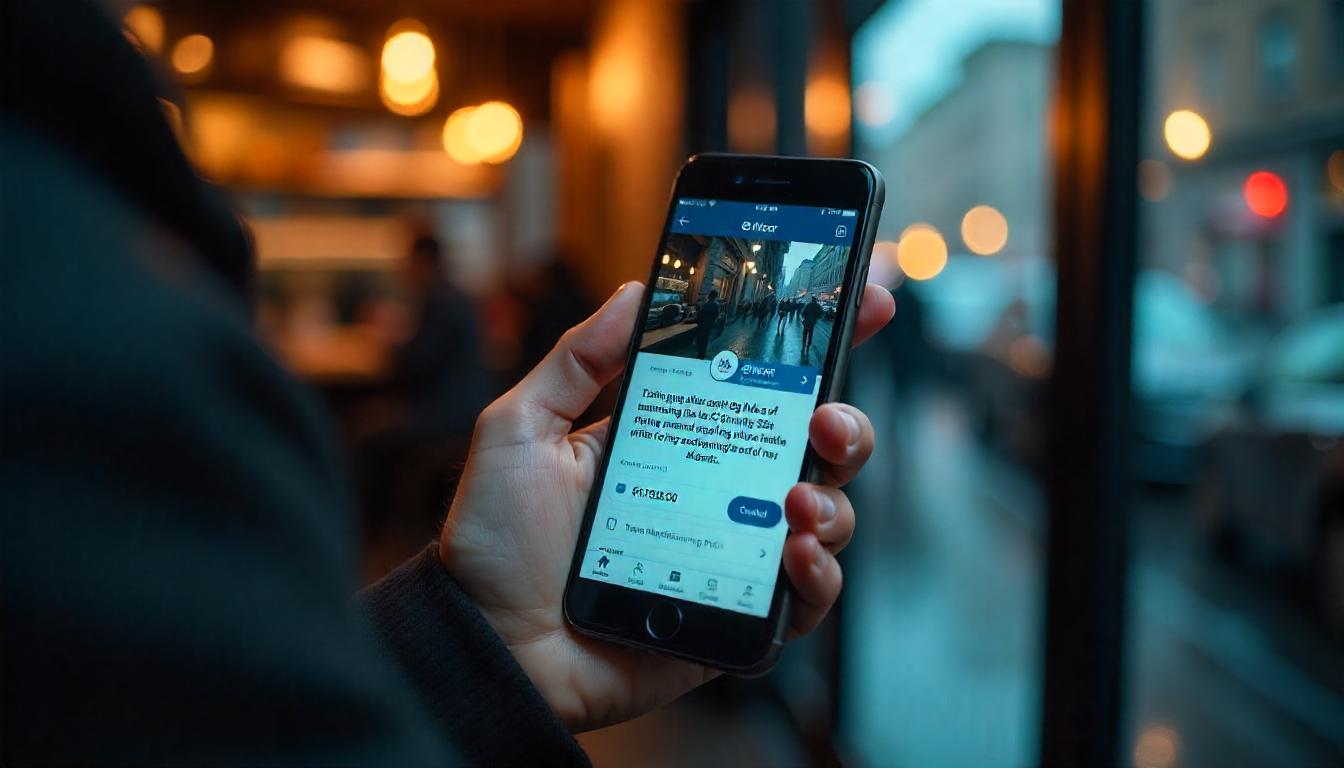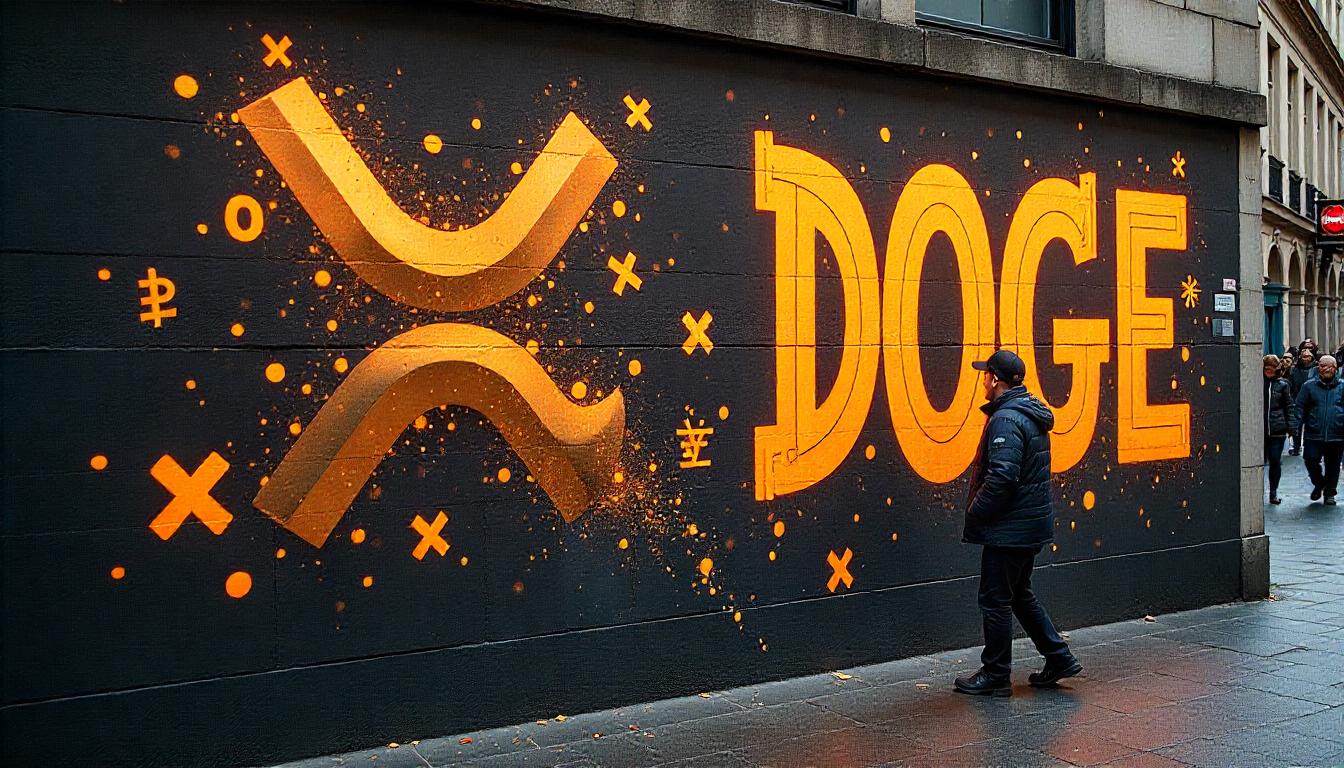Bitcoin has historically required between 20 to 30 attempts to break through significant round-number price barriers, a pattern driven largely by psychological factors. These key price levels hold considerable emotional weight in the crypto market, leading to heightened reactions such as panic-selling when price growth stalls near these milestones.
Simultaneously, some traders anticipate these emotional reactions and strategically position themselves to capitalize on the movement, turning these psychological price points into self-fulfilling prophecies.
Currently, Bitcoin is encountering resistance at the $100,000 level, a psychological barrier that has proven difficult to overcome. While earlier analyses have pointed to factors like profit-taking, capitulation from short-term holders, and a lack of demand to push Bitcoin higher, it’s worth examining whether this struggle follows a recurring pattern in Bitcoin’s history.
An analysis of past price movements, using data from Glassnode, shows that Bitcoin typically needs multiple attempts to surpass these psychological levels. The study focused on instances when Bitcoin came within 2% of a $10,000 milestone.
Bitcoin first closed above $10,000 in December 2017, but after the market crashed, it spent several years struggling to reclaim that level. Bitcoin approached $10,000 within 2% a total of 21 times before finally breaking through. This period marked one of Bitcoin’s longest periods within a narrow price range.
Each successive $10,000 milestone saw Bitcoin closing within 2% of the price point between 15 and 30 times before breaking through. This pattern continued until Bitcoin reached the $70,000 level.
However, following Donald Trump’s election in November, Bitcoin’s price broke through $80,000 and tested $90,000 in just three attempts before surging past it.
Now, the $100,000 mark presents new challenges. Bitcoin has already closed within 2% of this price level twice, on November 21 and 22. The question now is whether Bitcoin will follow its historical pattern of needing 20 attempts to breach the $100,000 barrier, or if it will surpass expectations and break through on its third attempt.





